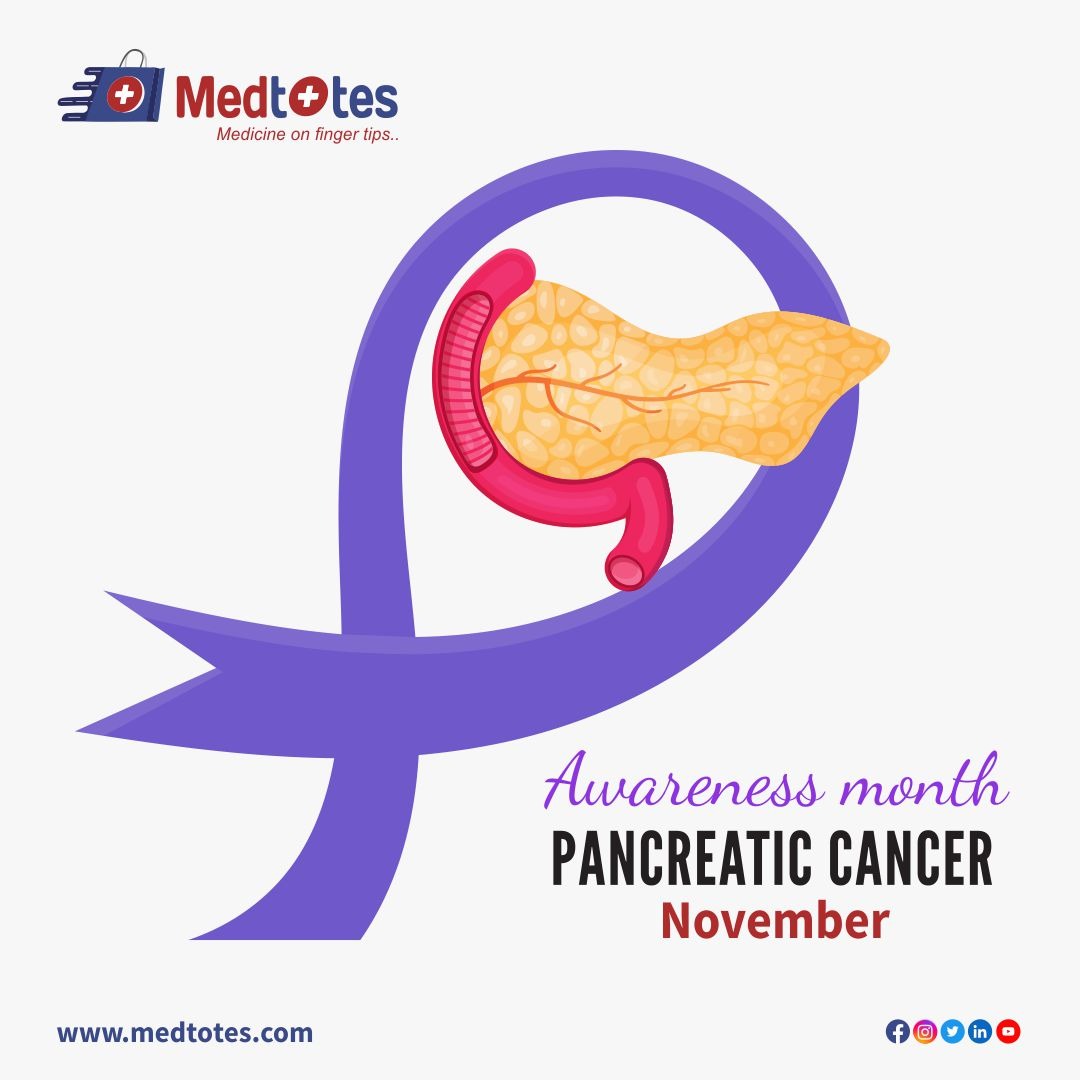I. INTRODUCTION
Pancreatic diseases are conditions affecting the pancreas, an organ in the abdomen that plays a crucial role in digestion and blood sugar regulation. Common ones include pancreatitis, pancreatic cancer, and cystic fibrosis-related diabetes. Early detection and prompt treatment are essential for managing these diseases and improving patients’ quality of life.
II. CAUSES AND RISK FACTORS OF PANCREATIC DISEASES
- Genetic factors play a significant role in the development of pancreatic diseases. Certain inherited gene mutations can increase the risk of developing conditions like pancreatitis and pancreatic cancer.
- Lifestyle choices and habits such as smoking, excessive alcohol consumption, and a high-fat diet can also contribute to the development of pancreatic diseases. These factors can increase inflammation in the pancreas and damage its cells over time.
- Other medical conditions, like diabetes, obesity, and chronic inflammation of the digestive system, can further increase the risk of developing pancreatic diseases. These conditions can put additional strain on the pancreas and make it more susceptible to damage.
III. COMMON PANCREATIC DISEASES
- Pancreatitis: Pancreatic disease, characterized by inflammation, is the most common and can be acute or chronic, causing severe abdominal pain, nausea, and vomiting.
- Pancreatic cancer: This is a severe and potentially fatal disease characterized by the proliferation of abnormal pancreatic cells. It is often diagnosed in its advanced stages, making early detection challenging.
- Pancreatic cysts: cysts, fluid-filled sacs in the pancreas, are benign but can develop into cancer over time. They are often found during imaging tests without symptoms.
- Pancreatic pseudocysts: Pseudocysts, fluid-filled sacs in the pancreas, are a common complication of pancreatitis, causing symptoms like abdominal pain, nausea, and vomiting. Treatment may be necessary if the pseudocyst becomes large or causes complications.
IV. DIAGNOSIS AND EARLY DETECTION
- CT scans, MRI scans, and endoscopic ultrasounds are frequently used to identify pancreatic cysts and pseudocysts.
- Blood tests may also be performed to detect the presence of pancreatic cysts or pseudocysts by measuring the levels of specific enzymes and tumor markers.
- Early detection of pancreatic cysts and pseudocysts is crucial for preventing malignancy or reducing symptoms.
- Regular tests and monitoring of high-risk individuals, such as those with a family history of pancreatic cancer, can improve the odds of early discovery and successful treatment.
V. Conclusion
In conclusion, pancreatic cysts and pseudocysts can be detected through blood tests, preventing malignancy or reducing symptoms. Regular testing and monitoring of high-risk individuals, such as those with a family history of pancreatic cancer, can improve early detection and treatment chances. Proactive monitoring is crucial for overall well-being.

